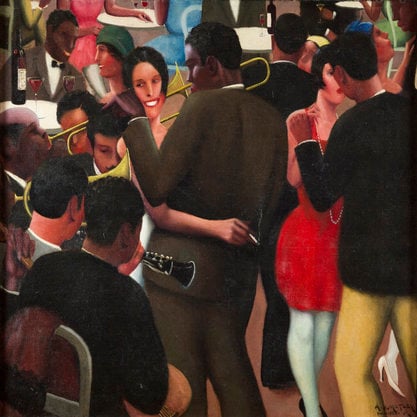Article
Anton Webern (1883−1945) By Puffett, Kathryn Bailey
Article
Webern was one of the three principal composers of the Second Viennese School. Probably Arnold Schoenberg’s first private pupil and a devoted lifelong friend, he was one of the founders in 1918, along with Schoenberg and Alban Berg, of the Society for Private Musical Performances in Vienna, a society dedicated to the furtherance of the understanding of contemporary music whose concerts were attended by invitation only. He was also an immediate convert to Schoenberg’s twelve-note technique, which was announced in 1923; in fact it is clear that Webern was experimenting with ideas of this sort already in 1911. Webern was destined to become a model in the 1950s for composers such as Pierre Boulez and Karlheinz Stockhausen and other integral serialists of the Darmstadt school, who eagerly seized upon his strict adherence to twelve-note rows (from 1926 onwards) and his careful organization of rhythm and dynamics, which led to an total serialism in the 1950s and 1960s of which he would almost certainly have despaired. He was also a conductor of considerable merit, though the Second World War more or less put an end to both his conducting career and the performance of his music.
